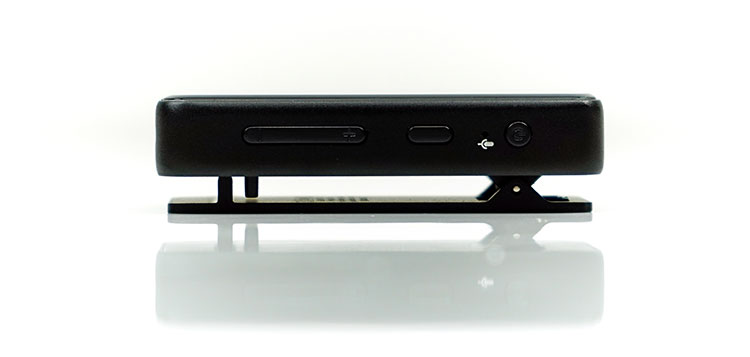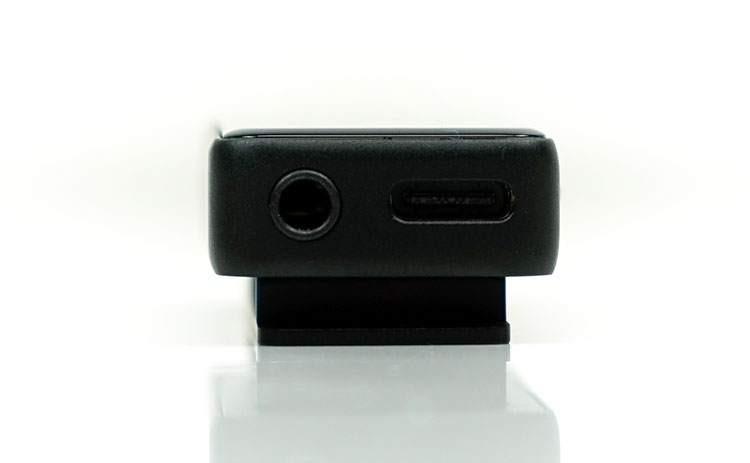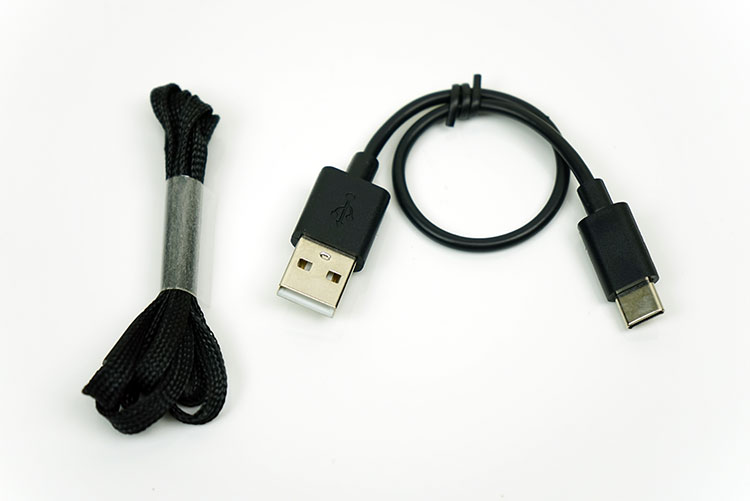The FiiO BTR3 is an enhanced version of the BTR1 including support for aptX, aptX-HD and LDAC and can be attached to any 3.5mm jack. It is priced at $69.99
Disclaimer: The FiiO BTR3 was sent to us a sample in exchange for our honest opinion and does not have to be returned. We thank FiiO for this opportunity.
To learn more about FiiO product reviews on Headfonics you can click here.
When the little BTR1 BT dongle came out a few months ago it was with the full-knowledge (CanJam Singapore March 2018) that something better was on the way. That ‘better’ is now here in the guise of the more powerful BTR3 for $69.99.
The principle of what the BTR1 could do rather than the quality of the performance was the real breakthrough for FiiO. Whilst BT dongles are nothing new, the fact that FiiO had one at under $50 that would allow any IEM to operate wirelessly rather than create a wireless IEM itself opened up a whole new market for them.
The BTR3 is essentially engineered for the same purpose as the BTR1, but this time we get a so much more for the slightly higher price that I think makes this dongle a no-brainer.
Technology Inside
At the time of writing, this is the only dongle I know off that decodes every single Bluetooth codec including the all-important LDAC codec. Offering LDAC is a massive jump for me over aptX-HD and a game-changing experience on my opinion of wireless as a viable alternative to wired. You will find quite a large choice now or both smartphone and DAP able to transmit LDAC levels of decoding so this is a timely feature.
Indeed, looking at the marketing pitch on FiiO’s website you can see its multi-BT codec capability as their no 1 pitch alongside key features such as the implementation of Bluetooth 4.2, NFC touch pairing and USB-DAC capabilities.
Upgrades
Aside from that, there has been an upgrade from the BTR1 in its chipset implementation. The BT chipset has been upgraded from a Qualcomm CSRA64215 to a higher standard CSR8675. I can’t think of any sub-$100 dongles offering this much right now, perhaps the Colorfly BT-C1 but it ‘taps out’ at aptX only.
Build Quality
Form Factor
The BTR3 is marginally taller but not quite as wide as the BTR1. It weighs 6g more at 26g compared to 20g but the difference in the hand is negligible. If anything, the BTR3 just feels a bit more solid.
The form factor seems more in keeping with a premium version of their very cheap uBTR dongle than the BTR1. Gone is the ribbed lightweight aluminum 2-piece shell and in its place is a black aluminum and a very attractive 2D glass variant of the white plastic uBTR design.
2D Glass
I have seen a few 2D glass designs before on Shanling and HiBy DAPs and they are always visually striking. What I like about the BTR3 glass is the resistance to fingerprints (oleophobic as FiiO term it). You will be hard pressed to leave an oily smudge anywhere on the BTR3.
Behind the 2D glass, you do have a small amount of visual information in the form of a LED powered “FiiO” logo that changes colors to denote various status changes and an NFC logo at the bottom for NFC status alerts.
Spring Clip
The back has a similar spring clip and lanyard system as the BTR1 and uBTR and it does come with a black nylon strap to allow you to hang it from your neck should you wish to do that. The finish is a smoother black metal finish compared to the brushed black of the BTR1 and all-white plastics of the uBTR.
Controls
Dual Functionality
All the controls are physical buttons and rockers apart from the NFC touch pairing system for smartphones and NFC equipped DAPs such as the Sony 1A and 1Z. Each button has a duplicate function such as the power button which also allows you to switch between more than one paired device.
The volume rocker also duplicates track forward and backward functionality with long pressing gestures. Weirdly the minus icon indicated forward and the plus icon backward. I am told this is a result of feedback in the local market from customers. I am not sure the international market would agree, preferring plus to be forward and minus to be backward.
Triple Functionality
The small middle button actually has 3 functions. These include pairing mode, call management for smartphones and Activate Siri should you be on an iOS device. Note, the BTR3 is only officially qualified for iOS devices so Android functionality, though workable is not guaranteed on all versions.
LED Lighting System
The FiiO moniker behind the 2D glass duals as an LED light status indicator for the type of codec you are receiving from your source device. The LED status lights are as follows –
- SBC – Blue light flashing
- AAC – Cyan light flashing
- LDAC/DAC – White light flashing
- LHDC – Green light flashing
- aptX/aptX low latency – Purple light flashing
- aptX HD – Yellow light flashing
Inputs & Outputs
A slight change from the BTR1 layout and one which may be debatable. Instead of micro-USB you now have USB-C which is a welcome addition for future-proofing and faster charging from the likes of power banks. You can also use the USB-C connection for USB-DAC output from your PC in a wired configuration.
However, the 3.5mm TRS jack has moved from the top of the BTR1 to the bottom of the BTR3 beside the USB-C port. This means your IEM or headphone cable will push down and curve up creating a slight level of awkwardness in handling, especially if you are wearing the dongle around your neck. I actually would have preferred if they had of left it at the top rather than the bottom.
Battery Life
Battery life has had a minor upgrade over the BT1R moving from 8 hours to around 11 hours courtesy of a bigger 300mAh Li-on battery (250mAh in the BTR1). The USB-C charging system should speed things up though allowing you to charge in much the same time or less than the smaller BTR1 battery.
Our own tests got a lower number like 9-10 hours or less, especially with LDAC. These numbers are for AAC only and since we are hi-res junkies and button pokers it is unlikely we will ever see double digits using the BTR3.
Internal Hardware
DAC/AMP
The DAC seems to be the same as the one found in the BTR1, the AK4376. That is not a bad thing actually because a lot of the potential of the DAC was unrealized with the hard 16BIT/44.1K decoding limit you have with aptX. Now with LDAC, you can decode up to 24BIT/96k which is still well within the decoding capability of the AK chipset.
As before the DAC and amp on the BTR3 are integrated. However, it seems FiiO has tweaked this slightly on the BTR3 to produce more power under a 32Ω load from 15mW to 25mW and dropped the noise from 0.04% (1 kHz) to 0.003%.
The SNR numbers are also better at 120dB compared to just 95dB on the BTR1. They have marginally upped the output impedance from 0.2Ω to 0.3Ω but that should not affect what is otherwise a tailormade output rating for most IEMs.
Accessories & Packaging
Can’t expect too much for $69.99 and to be honest you don’t get much inside the plain white retail box. Actually, it pretty much mirrors the BTR1 unboxing experience save for a slightly better-looking box. The accessories include a manual, warranty, short USB-C to USB-A cable (charging and USB-C DAC duties) and a black lanyard next strap for the BTR3 to hang around your next.
Click on Page 2 for Sound & Comparisons






